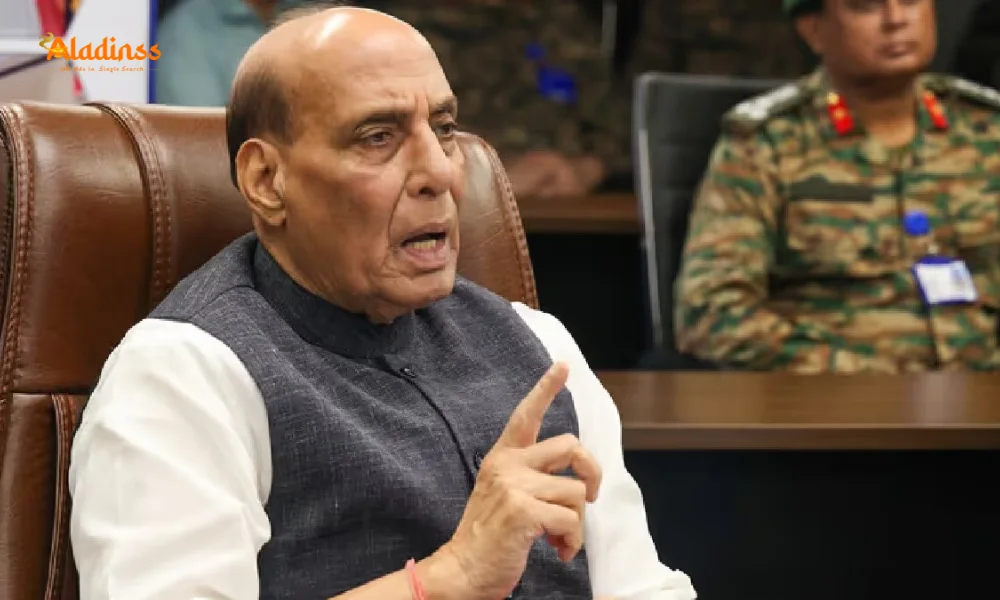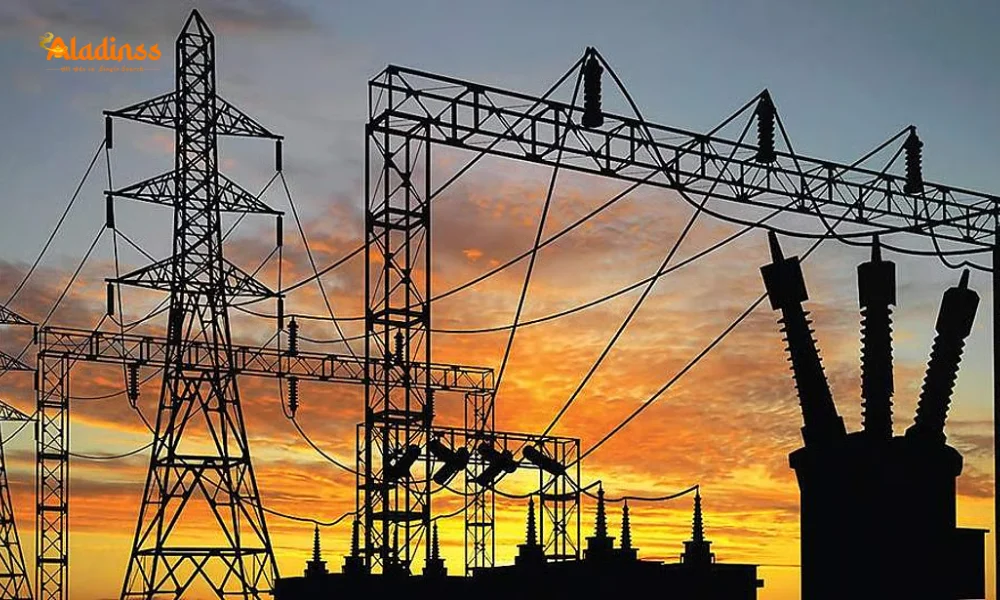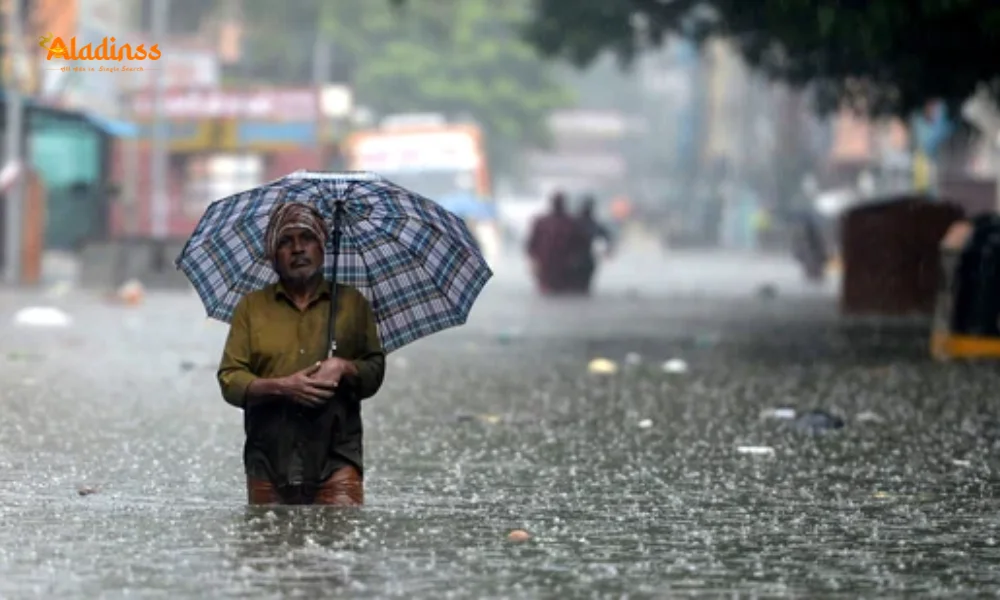Delhi Air Quality Improves Slightly, AQI Now in Poor Category
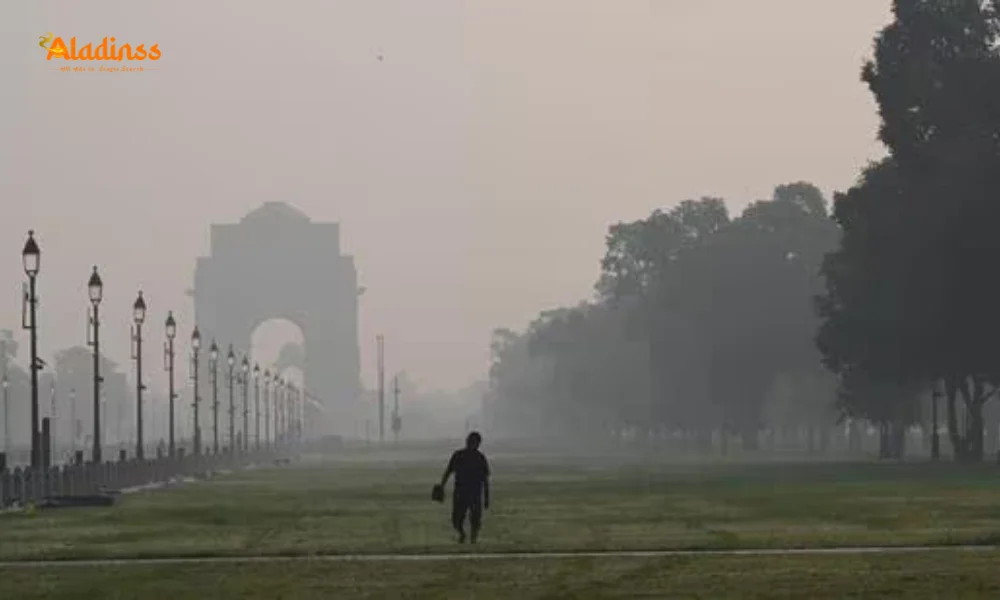
Delhi Air Quality Breathes Easier: AQI Drops to 'Poor' from 'Very Poor' Overnight
New Delhi woke up to a glimmer of relief on Friday morning as the city's air quality index (AQI) improved slightly, slipping from the 'very poor' zone to the 'poor' category. According to the latest data from the Central Pollution Control Board (CPCB), Delhi recorded an overall AQI of 268 at 8 AM, a notable drop from Thursday's 352 at the same hour. While pollution levels remain concerning, residents noticed clearer skies and enhanced visibility in several pockets of the capital, offering a brief respite amid the post-Diwali smog crisis.
This marginal improvement in Delhi air quality comes as a welcome change after days of hazardous breathing conditions triggered by festive firecrackers, vehicular emissions, and stagnant weather patterns. Monitoring stations across the city reflected varied readings, with many areas transitioning from 'very poor' to 'poor' overnight. The shift underscores the impact of ongoing anti-pollution measures, including Stage 2 of the Graded Response Action Plan (GRAP), which continues to enforce restrictions on construction dust, vehicle usage, and industrial emissions.
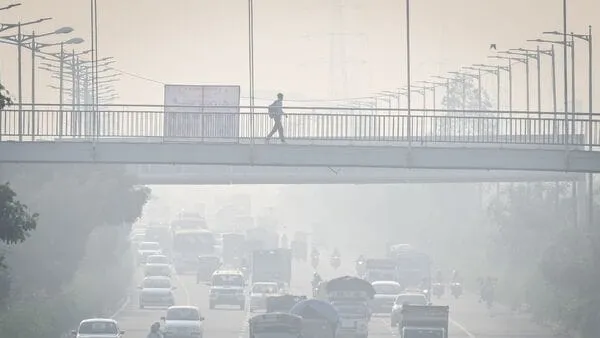
Area-Wise Breakdown: Where Delhi's Air Improved and Where It Didn't
A closer look at CPCB's real-time monitoring stations reveals a patchwork of air quality across Delhi. Several key locations reported AQI in the 'poor' range (201-300), indicating moderate pollution but better than the previous day's 'very poor' (301-400) levels. For instance, Anand Vihar clocked in at 282, down significantly from yesterday's severe readings. Similarly, Aya Nagar stood at 237, Burari Crossing at 249, and DTU at a relatively better 206.
Other stations showing improvement include Dwarka Sector-8 (288), IGI Airport (211), IHBAS Dilshad Garden (284), ITO (280), JLN Stadium (255), Nehru Nagar (270), Okhla Phase 2 (255), Punjabi Bagh (293), and Patparganj (256). These figures highlight how localized factors like wind direction and traffic flow influenced the Delhi air quality AQI on this Friday morning.
A few areas even dipped into the 'moderate' category (101-200), much to the relief of residents. CRRI Mathura Road reported 198, Chandni Chowk 194, and Lodhi Road 199. These pockets benefited from greener surroundings or better ventilation, demonstrating that not all of Delhi air quality remains uniformly choked.
However, the battle is far from over. Multiple northern and western Delhi localities continued to grapple with 'very poor' air. Alipur recorded 303, Ashok Vihar 328, Bawana 349, Jahangirpuri 312, Mundka 317, Narela 316, Najafgarh 310, RK Puram 305, Rohini 323, Sirifort 318, and Wazirpur a staggering 355. On Thursday, hotspots like Anand Vihar (408) and Vivek Vihar (415) had entered the 'severe' zone (>400), painting a grim picture of post-Diwali pollution spikes.
Post-Diwali Smog Persists Despite GRAP Stage 2 Enforcement
The festive fervor of Diwali left a lingering haze over Delhi and the National Capital Region (NCR), pushing AQI into 'poor' and 'very poor' categories for days. Firecracker bursts, combined with stubble burning in neighboring states and low wind speeds, created a toxic cocktail that Stage 2 GRAP aims to counter. Introduced when AQI crosses 250-300 for 48 hours, this phase bans coal/firewood in eateries, restricts diesel generators, and intensifies mechanical sweeping and water sprinkling on roads.
Despite these efforts, Delhi air quality improvement has been gradual. The slight dip to 268 AQI today reflects partial success-perhaps aided by overnight breezes dispersing pollutants. Yet, health experts warn that prolonged exposure to 'poor' air can still cause respiratory irritation, especially for children, elderly, and those with pre-existing conditions.
To understand the categories better:
- Good (0-50): Minimal impact
- Satisfactory (51-100): Minor breathing discomfort for sensitive groups
- Moderate (101-200): Breathing discomfort on prolonged exposure
- Poor (201-300): Breathing discomfort for most on prolonged exposure
- Very Poor (301-400): Respiratory illness on prolonged exposure
- Severe (>400): Affects healthy people; seriously impacts those with diseases
Delhi's current 268 falls in 'poor', urging citizens to limit outdoor activities and use masks.
Government Crackdowns: Doubled Parking Fees and Vehicle Bans
In a bold move to curb vehicular pollution, the New Delhi Municipal Council (NDMC) doubled parking fees across the capital starting Wednesday. This applies to all off-road and indoor parking managed by NDMC, aiming to discourage private vehicle usage amid GRAP Stage 2. Commuters now face steeper costs, pushing many towards public transport like the Delhi Metro or buses.
Adding teeth to the measures, the Commission for Air Quality Management (CAQM) has prohibited non-BS-VI compliant commercial goods vehicles from entering Delhi starting November 1. Only BS-VI standard trucks registered outside the capital can ply until October 31, 2026. This ban targets heavy polluters like old diesel lorries, which contribute significantly to PM2.5 and NOx levels.
The Delhi government has also experimented with innovative solutions. Two consecutive cloud seeding operations were completed to induce artificial rain and settle dust particles. While results are under evaluation, such geoengineering tactics signal desperation in tackling recurring winter smog.
Why Delhi's Air Quality Fluctuates: Key Contributors Explained
Delhi's air pollution is a complex interplay of local and regional factors. Post-Diwali, firecrackers release massive PM2.5, sulfur dioxide, and heavy metals in hours. Vehicular exhaust from over 10 million registered vehicles adds NOx and CO. Industrial emissions from nearby clusters in Haryana and Uttar Pradesh drift in via winds.
Seasonal stubble burning in Punjab and Haryana peaks October-November, contributing 20-40% to Delhi's PM2.5 on bad days. Low temperatures and calm winds trap pollutants in a inversion layer, worsening AQI. Construction dust, road dust resuspension, and biomass burning in slums further aggravate the crisis.
Today's improvement likely stems from light winds dispersing overnight accumulations and reduced cracker activity post-festival. However, meteorologists predict calmer conditions ahead, potentially reversing gains unless GRAP escalates to Stage 3 (AQI >400).
Health Impacts and Precautions for Residents
Even at 'poor' AQI, Delhiites face risks. PM2.5 particles penetrate lungs, causing inflammation, aggravated asthma, and cardiovascular strain. Children may experience reduced lung function growth; elderly report increased hospital visits for COPD exacerbations.
Doctors advise:
- Use N95 masks outdoors
- Keep windows closed; use air purifiers
- Avoid morning walks in polluted areas
- Stay hydrated and consume antioxidant-rich foods
- Monitor symptoms like cough, wheezing
Schools in high-AQI zones have shifted to hybrid modes, protecting young lungs. The slight Delhi air quality improvement offers a window to reinforce these habits before winter deepens the smog.
Long-Term Solutions Beyond Emergency Measures
While GRAP provides immediate relief, experts call for structural changes. Expanding public transport-more Metro lines, electric buses-can reduce private vehicles. Enforcing BS-VI across NCR uniformly, subsidizing crop residue management for farmers, and promoting green crackers are vital.
Delhi's cloud seeding trials, though experimental, open doors to weather modification. Afforestation along highways, dust-suppressing paver blocks, and real-time source apportionment studies will guide targeted interventions. Community participation-carpooling, reporting violations-amplifies government efforts.
As Delhi air quality AQI hovers in 'poor', today's improvement reminds us that collective action yields results. Sustained vigilance can prevent 'severe' days, ensuring breathable air year-round.
Comment / Reply From
No comments yet. Be the first to comment!
